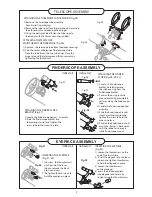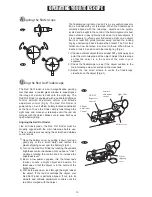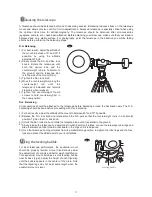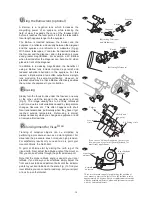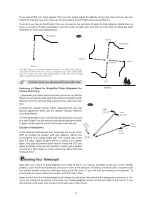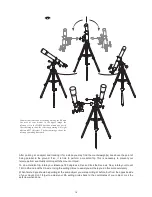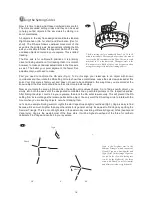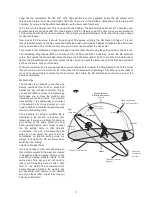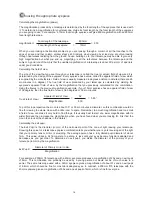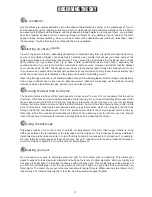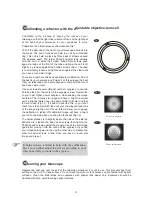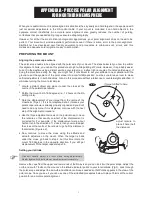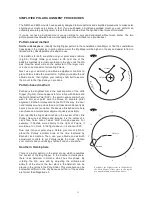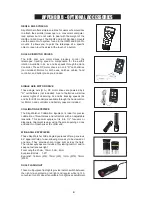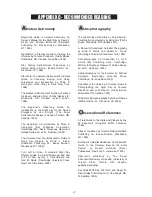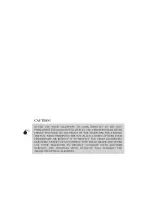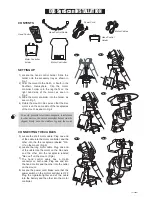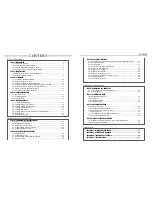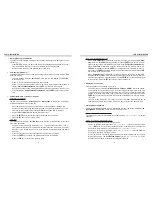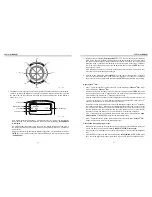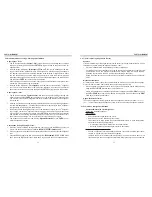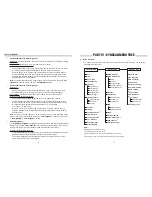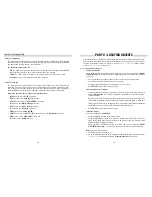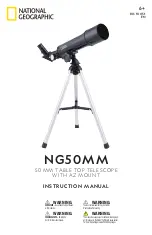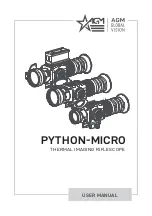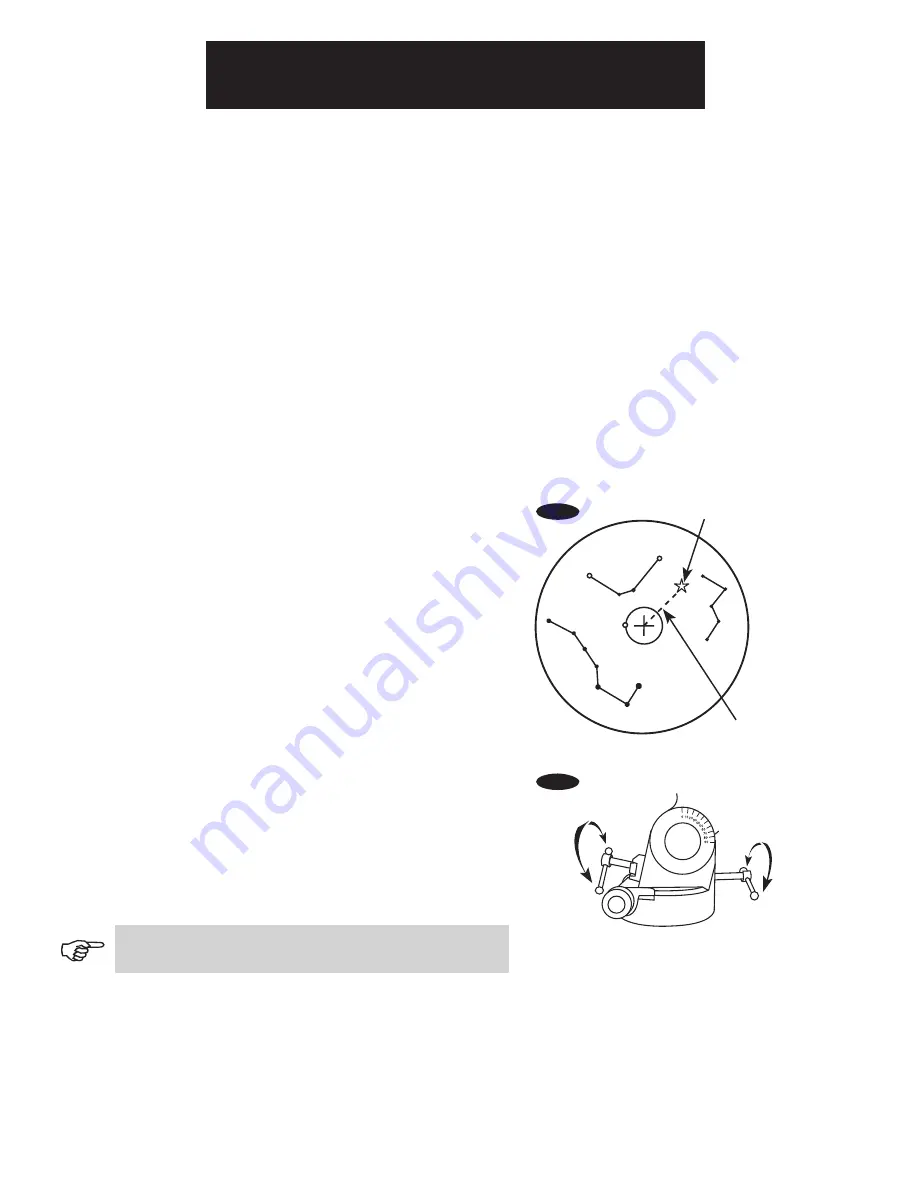
I
When your equatorial mount is polar-aligned it is able track the sky easily and hold targets in the eyepiece with
just occasional adjustments to the RA control cable. If your mount is motorized it can hold objects in the
eyepiece almost indefinitely. An accurate polar alignment also greatly reduces the number of guiding
corrections that are needed during long exposure astrophotography.
However, for all but the most critical photographic applications, your polar alignment does not need to be
perfect. Your mount will provide excellent performance even if there is some error in the polar alignment.
SkyWatcher has developed user-friendly equipment and procedures to minimize such errors, and this
makes an adequate polar alignment easy to accomplish.
APPENDIX A - PRECISE POLAR ALIGNMENT
FOR NORTHERN HEMISPHERE
Fig.s-2
Fig.s-1
Aligning the polar scope reticule
The polar scope needs to be aligned with the polar axis of your mount. The steps below tell you how to perform
this alignment. Note, you can do this procedure at night while pointing at Polaris. However, it is probably easier
to do it in the daytime using a distant point as your target (e.g, a street light a couple of hundred yards away). If
doing the procedure during the day, you might find it convenient to set your altitude to near parallel with the
ground to put the eyepiece of the polar scope into a comfortable position. Just be sure to leave room to make
vertical adjustments in both directions. Also, do this procedure without a telescope or counterweights attached. It
will make turning the mount a lot simpler.
PREPARING THE MOUNT
Locate a distant object and place it under the cross at the
centre of the polarscope reticule.
Rotate the mount in RA 180 degrees (i.e., 12 hours on the RA
setting circle).
Note the displacement of your target from the centre of the
crosshairs (Fig.s-1). If it is not displaced at all, it means your
polar scope reticule is already properly aligned and you don't
need to do any more. If it is displaced, continue with the next
step of the alignment procedure.
Use the three adjustment screws on the polar scope to move
the reticule so that exactly one-half of the displacement is
corrected for. For example, if the displacement were about
half an inch in the direction of 1 o'clock, then you would adjust
the cross at the centre of the reticule to go half the distance in
that direction (Figure s-2).
Now continue to move the cross using the altitude and
azimuth adjusters on the mount. When the target is back
under the cross, go back to step 2, but this time rotate the
mount 180 degrees in the opposite direction. If you still get
displacement of the target, repeat steps 3-5.
1.
2
3.
4.
5.
One bolt should always be loose when doing adjustments.
Gently tighten both bolts when your adjustment is complete.
If target drifted to here
adjust reticule to
place it here (half
the distance)
Setting your latitude
Remove the caps from the upper and lower ends of the RA axis so you can look into the polar scope. Adjust the
north and south T-bolts on the mount so the latitude indicator points to your local latitude (Fig.2). Look through
the polar scope and adjust the azimuth and altitude controls as needed so that Polaris appears in the view of the
polar scope. Once you see it you can use one of the simplified procedures below to place Polaris at the correct
position for an accurate polar alignment.
Summary of Contents for EQ5
Page 1: ...INSTRUCTION MANUAL Telescopes with NEQ3 EQ5 Mount 031007V3 ...
Page 14: ......
Page 27: ......
Page 29: ...INSTRUCTION MANUAL SynScan TM 140303V4 Copyright Sky Watcher ...
Page 51: ...SynScan TM ...

